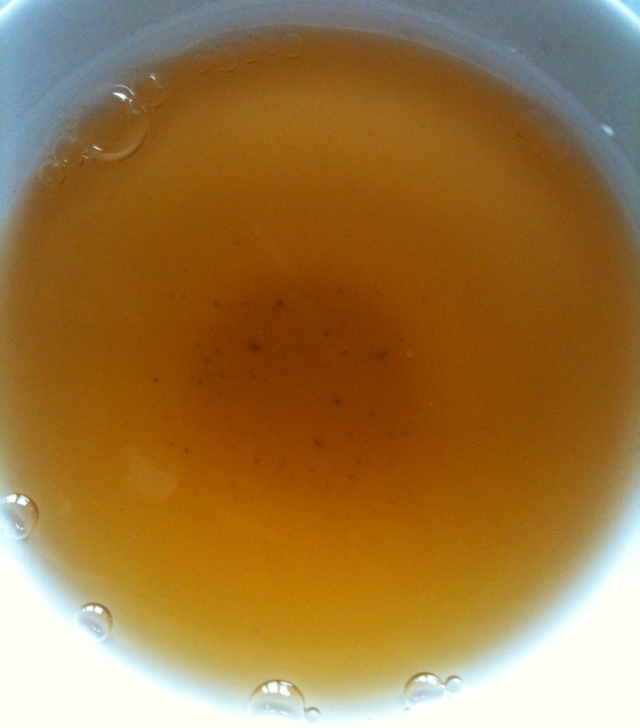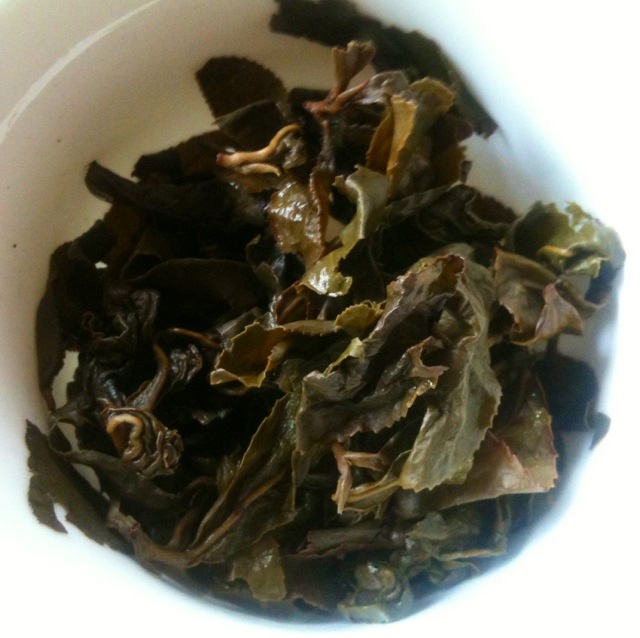Spring in autumn
Posted on 3 November 2011
I’ve already covered the teas of Lao Ming several times but am being constantly updated by the tea interest group I founded here in Poland where Lao Ming enjoys a loyal following. These two samples of spring 2011 releases are very fine, perhaps the best teas I’ve yet tasted from this Taiwanese teamaster.
The #008 (I just love Lao Ming’s cryptic tea labelling) is lightly roasted, unusually for Lao Ming (whose 2010s were handicapped by heavy-handed roasting) and shows a very subtle, understated profile, with a deep, pure note of olives, fresh juiciness and excellent balance. It’s a very mild tea – perhaps the mildest I’ve had from Lao Ming.
The 2011 ‘CS’ has slightly higher roast than the above, and is also a bit more oxidised than the majority of Taiwanese oolongs now in vogue. The resulting brew is deeper in colour, replacing the fresh fruity scents of the #008 with that classic buttery texture of mountain-grown oolong. Understated and slow to open, it shows its best at the fourth or fifth brew. These spring teas with their inherent lightness might seem out of season in the current autumn chill but they have a purity and noblesse of flavour that always fells good.
Another interesting thing has been overdosing these teas. Rolled oolong teas from Taiwan are usually brewed with anything from 1.5g (this approach is advocated e.g. by Stéphane Erler of Teamasters, emphasising the tea’s finesse and transparency) to 6g of leaf per 100ml of water. This time, I dumped the entire 8.5g sample into my porcelain gaiwan. With this approach, the brewing times are kept very short: water in, water out. (And you can coax an impressive 15 brews from a single serving of leaves). Very high dosage is like walking on a tightrope. Things can easily go wrong. With black tea, the tannins would taste excruciatingly tannic. With puer, unbearingly bitter. With Japanese sencha, the intensity of umami flavour could become difficult to handle. The elegant, subtle flavours of mountain oolong tea from Taiwan make it more forgiving. There are no hard edges. Overclocking Taiwanese tea is like switching from small screen TV to 3D cinema: a lot more intensity and presence.
Disclosure
Source of teas: tasting samples received from tea friend.



